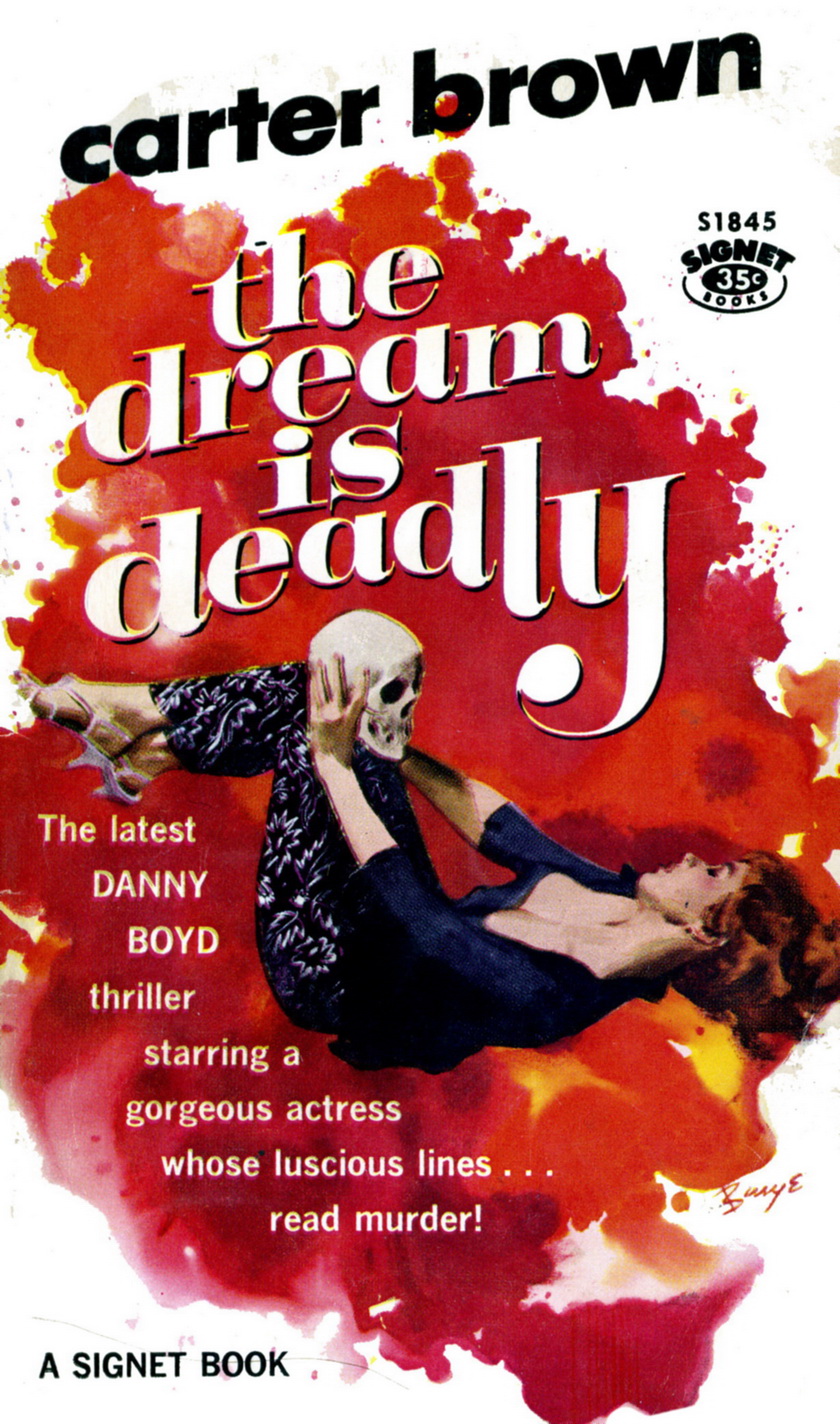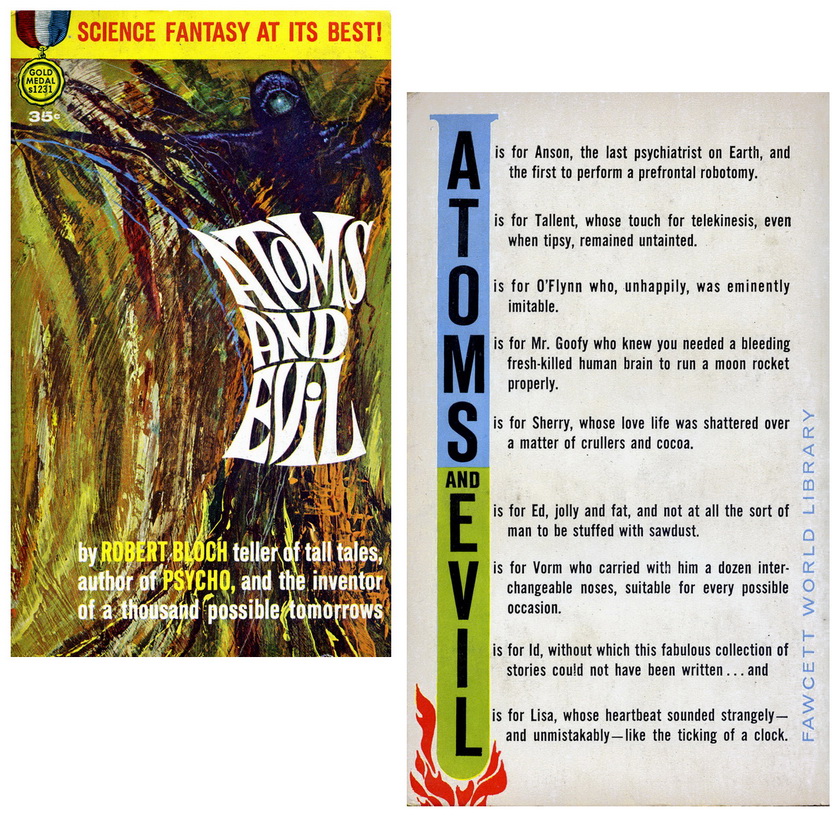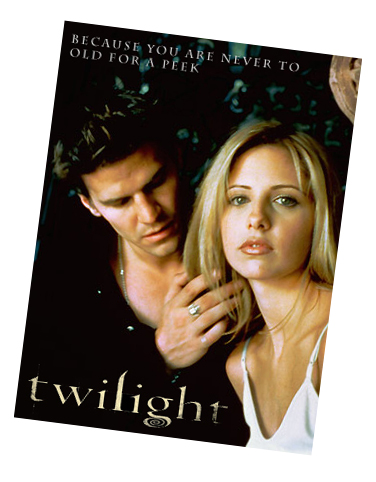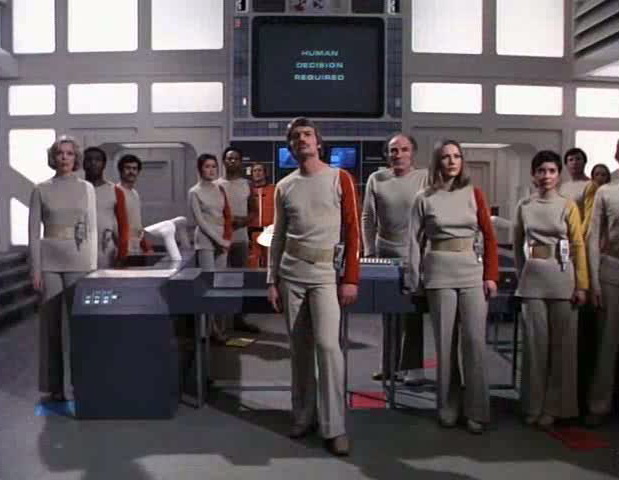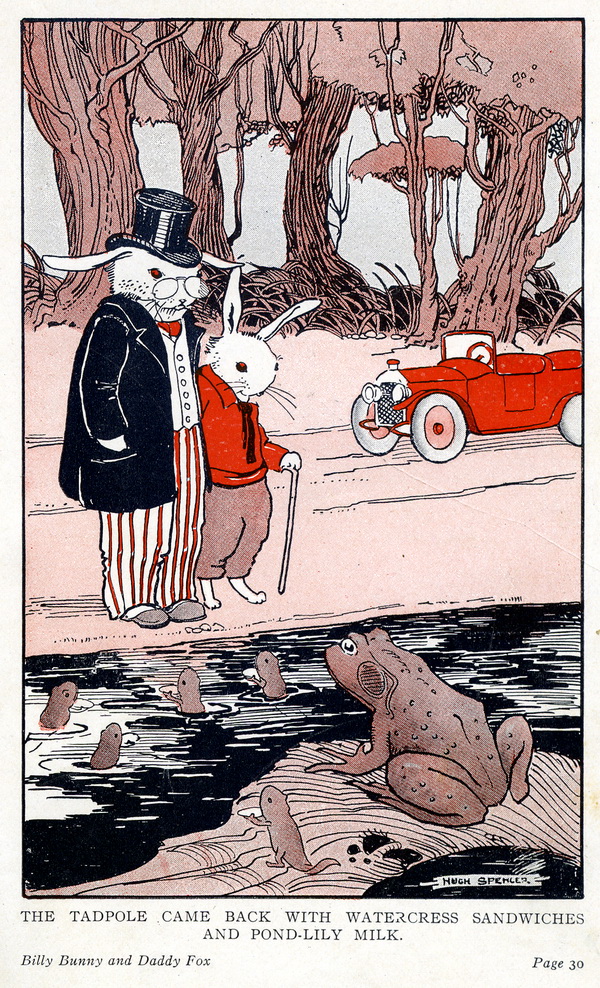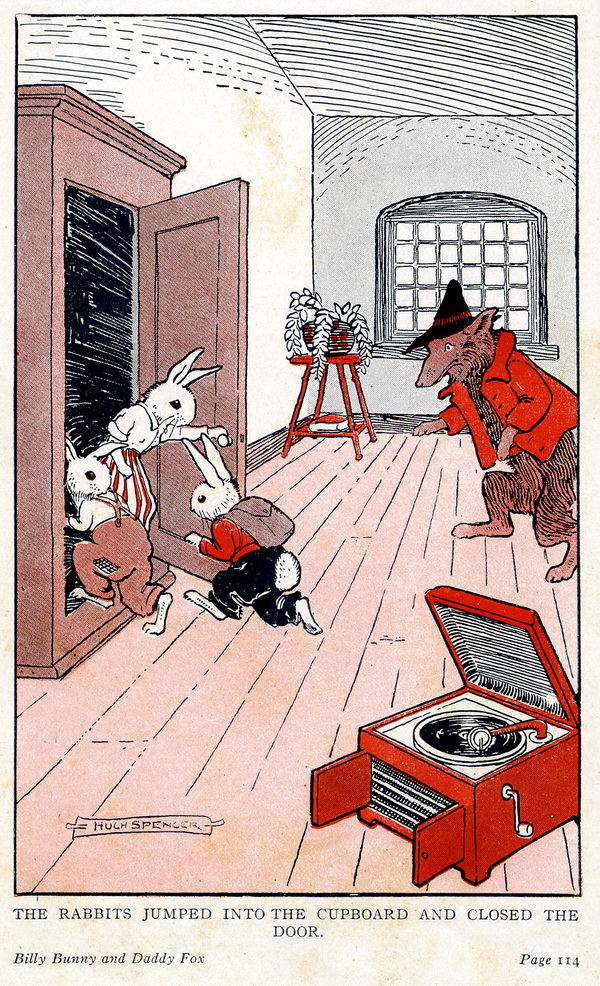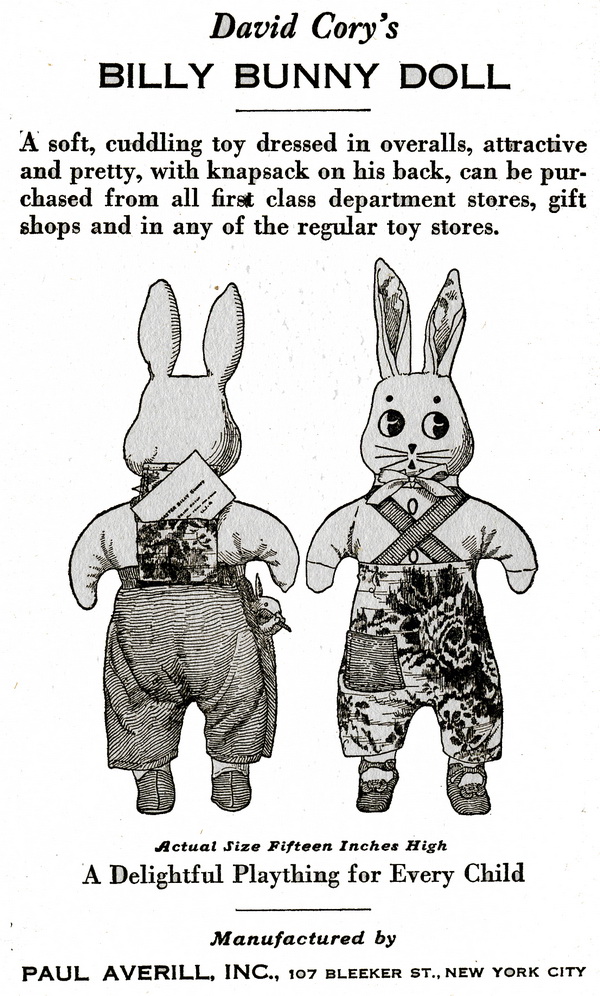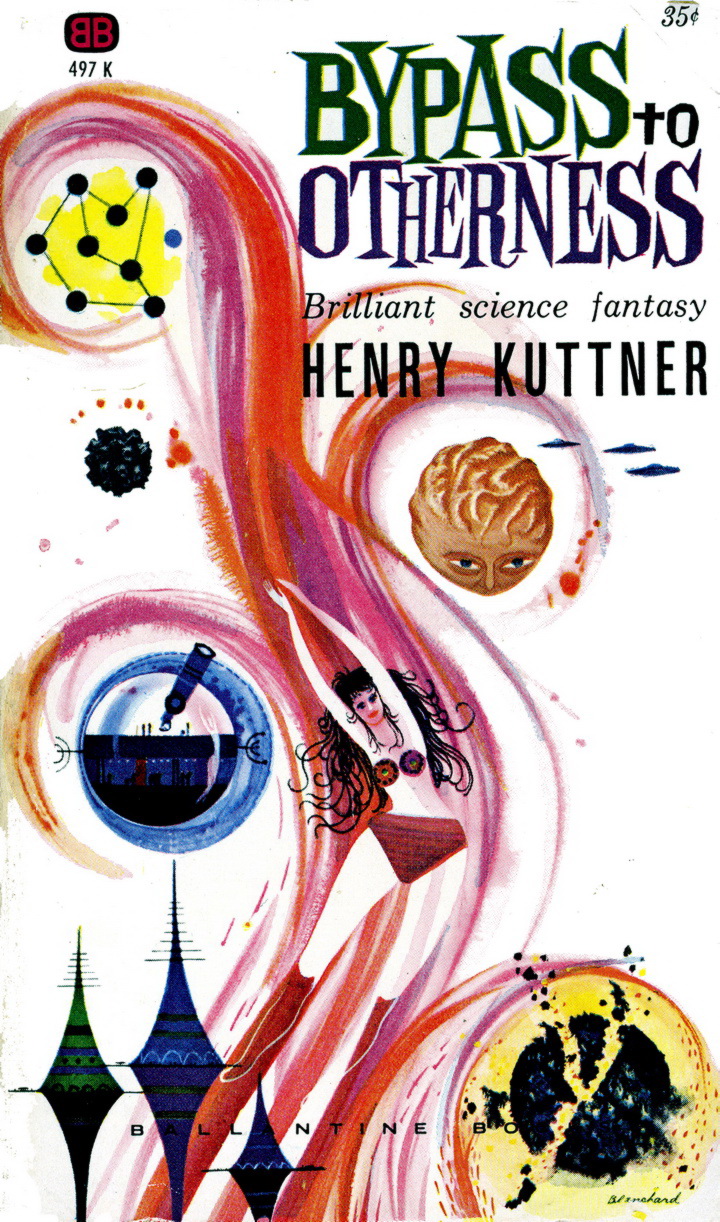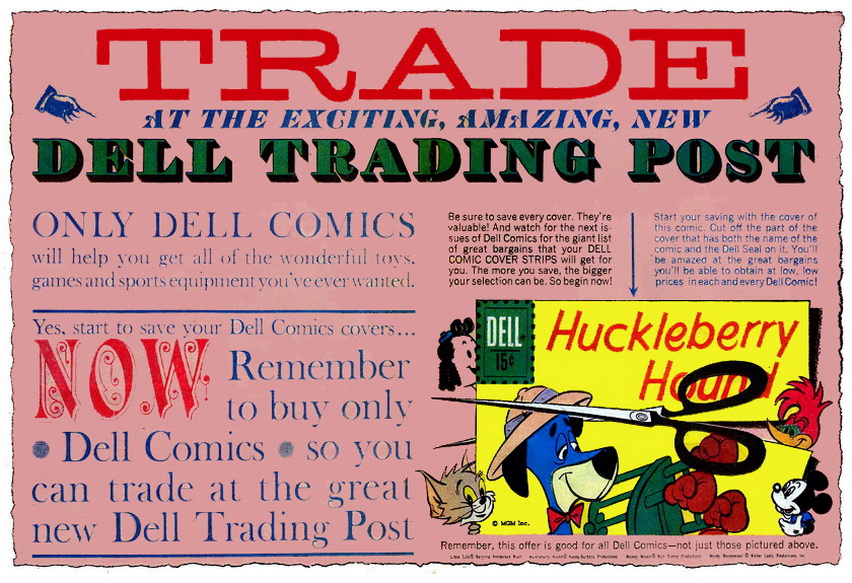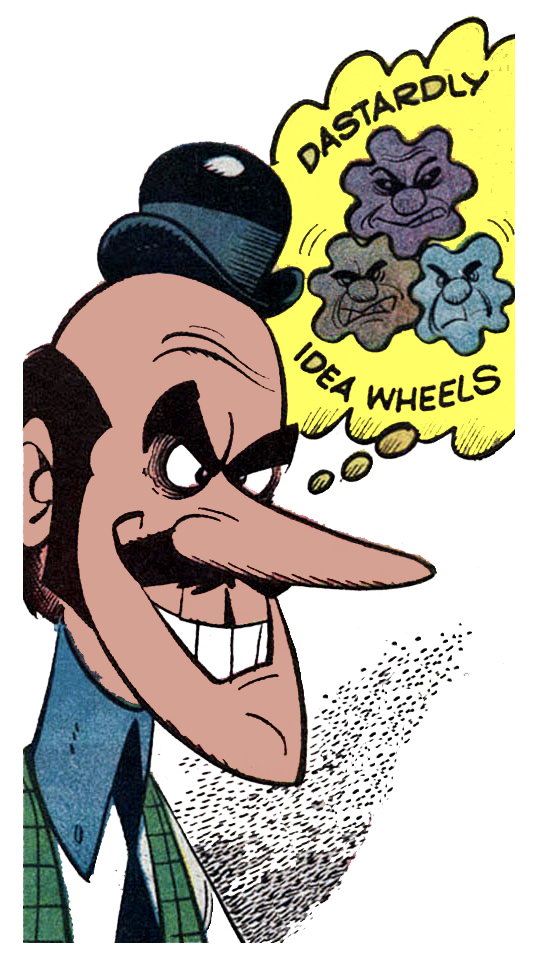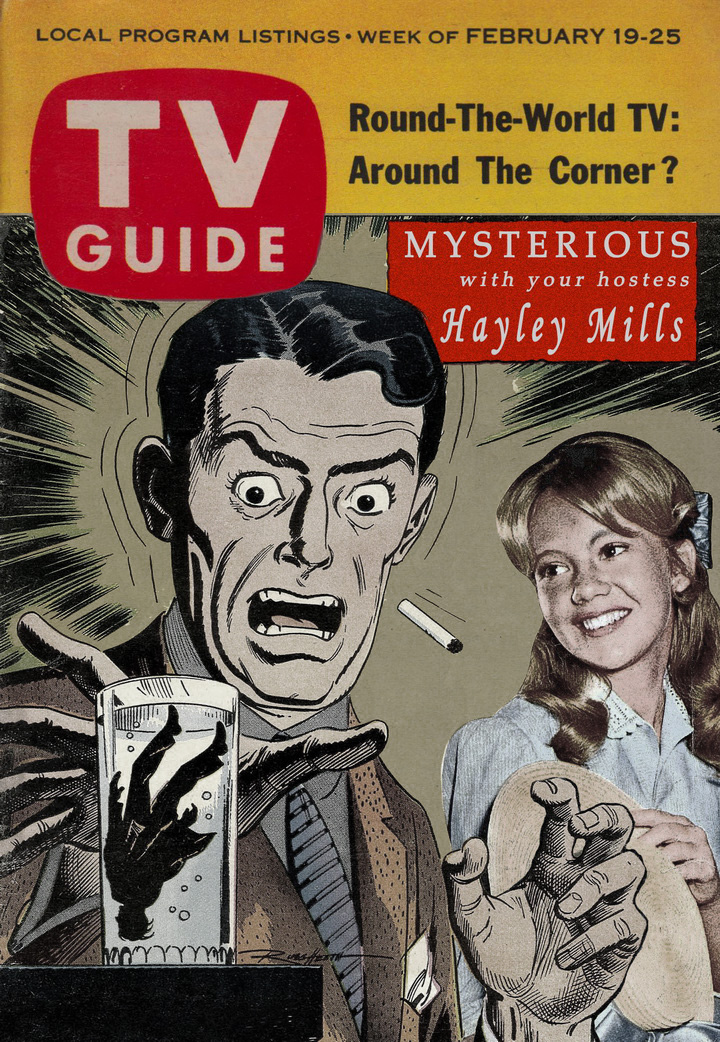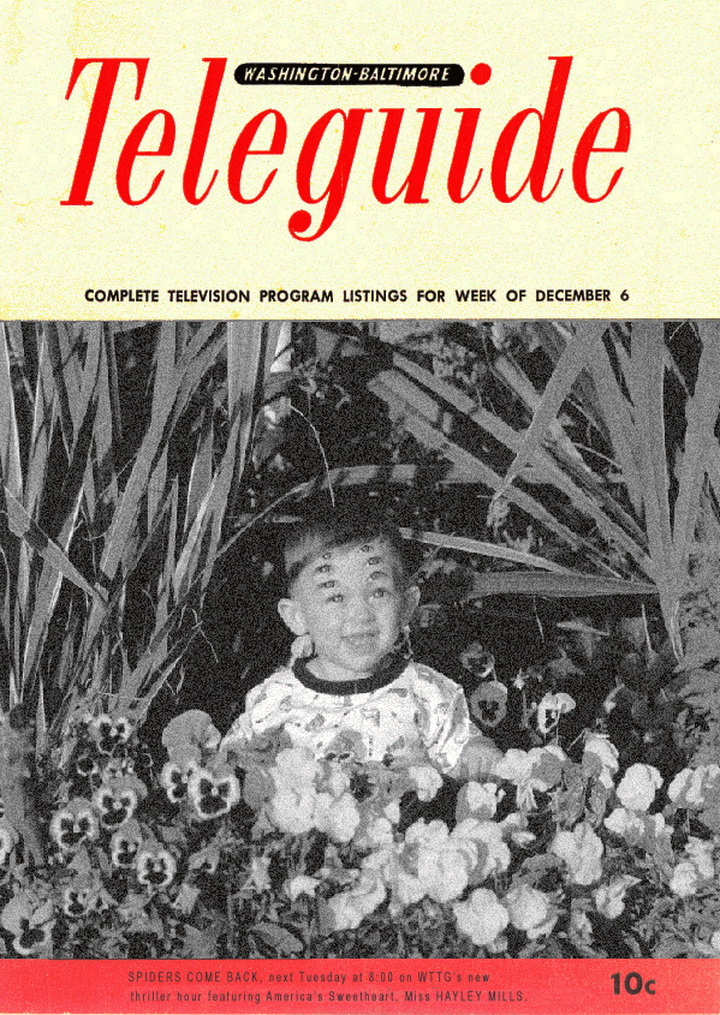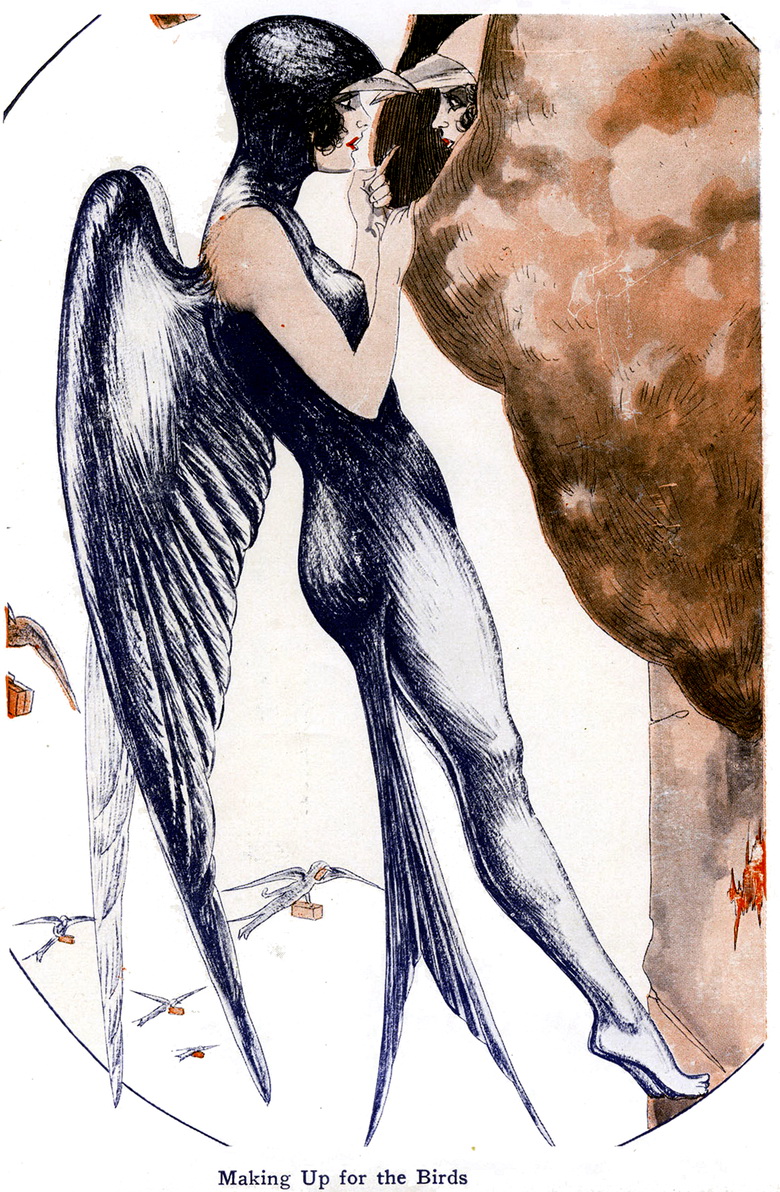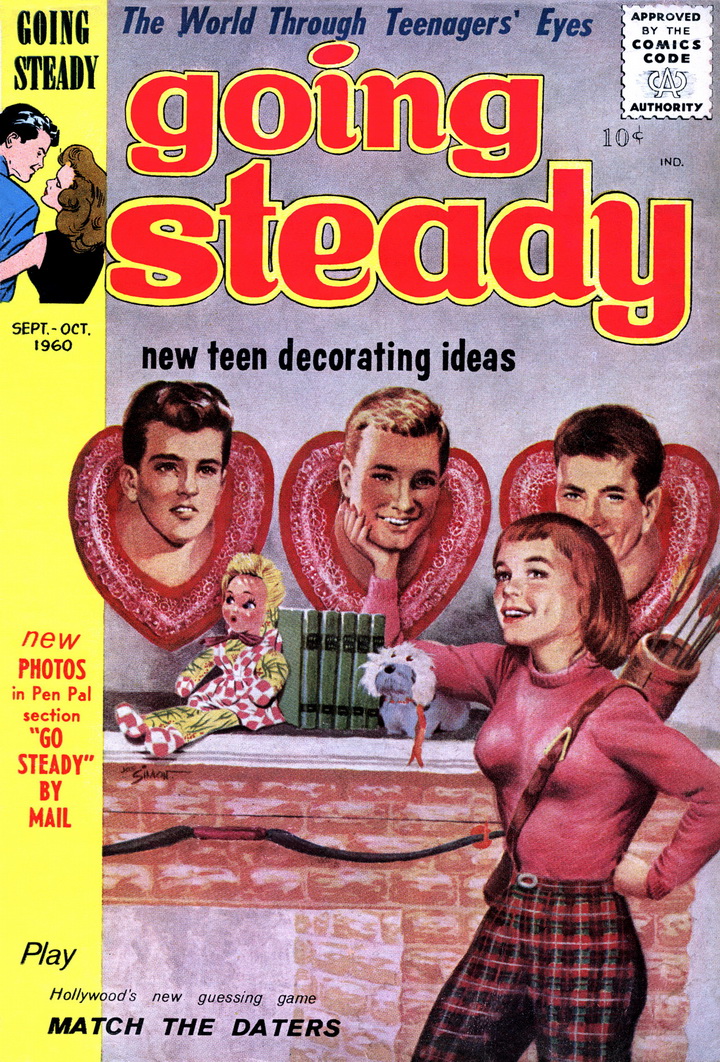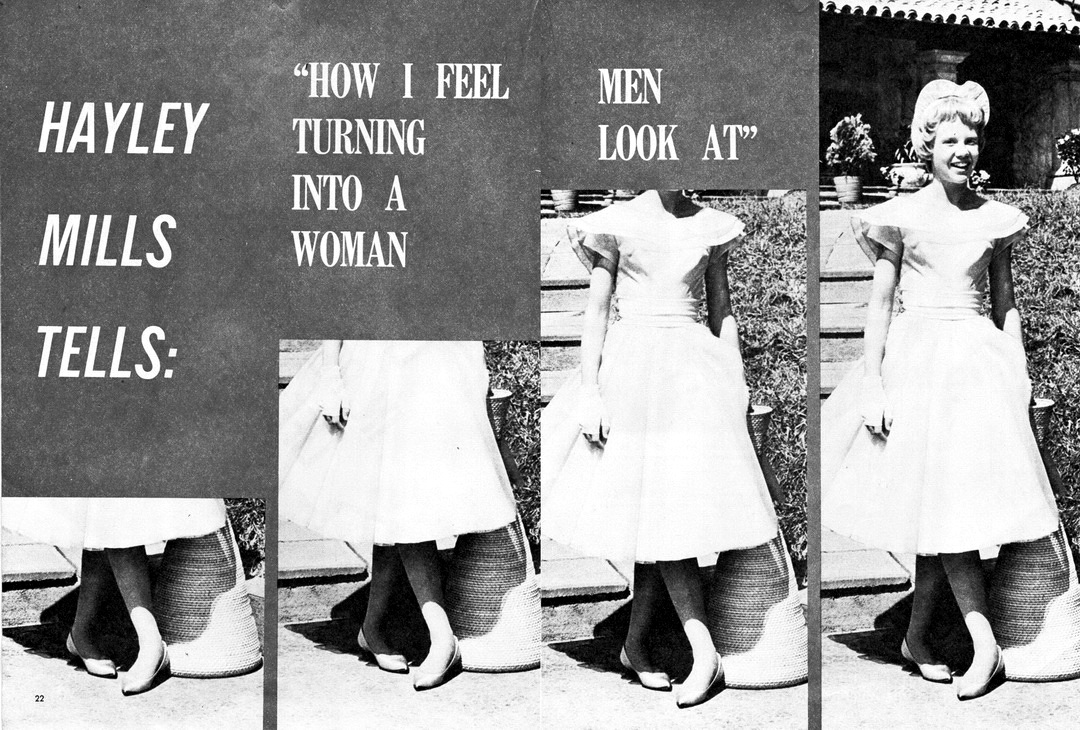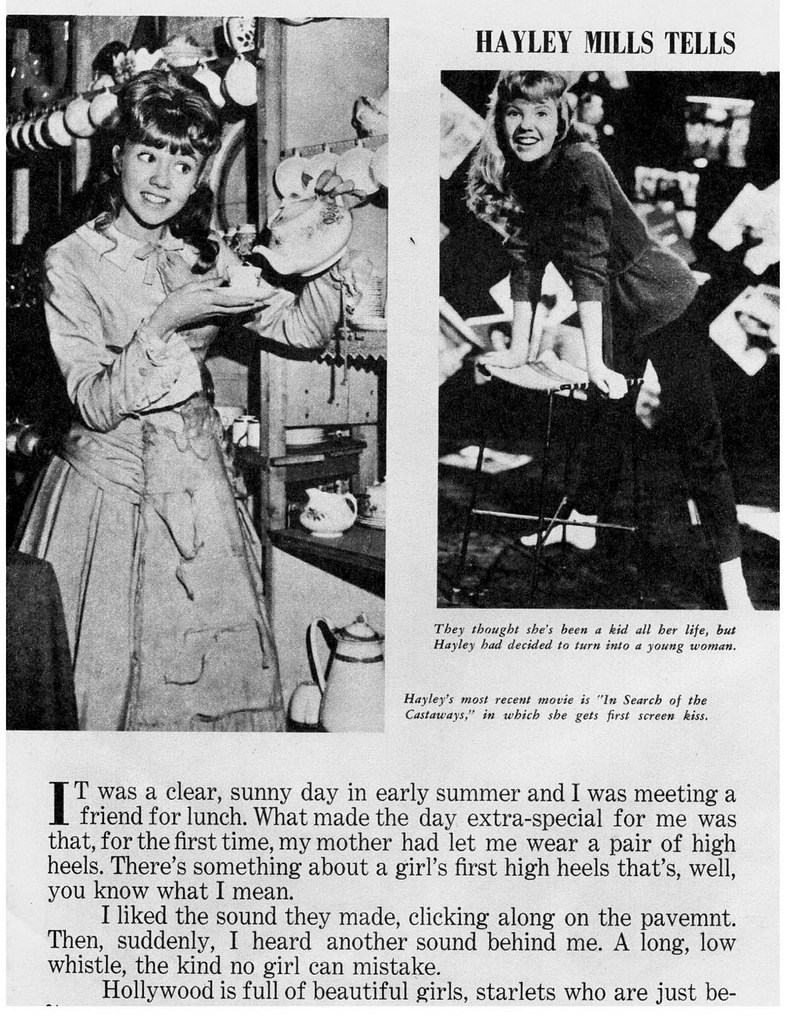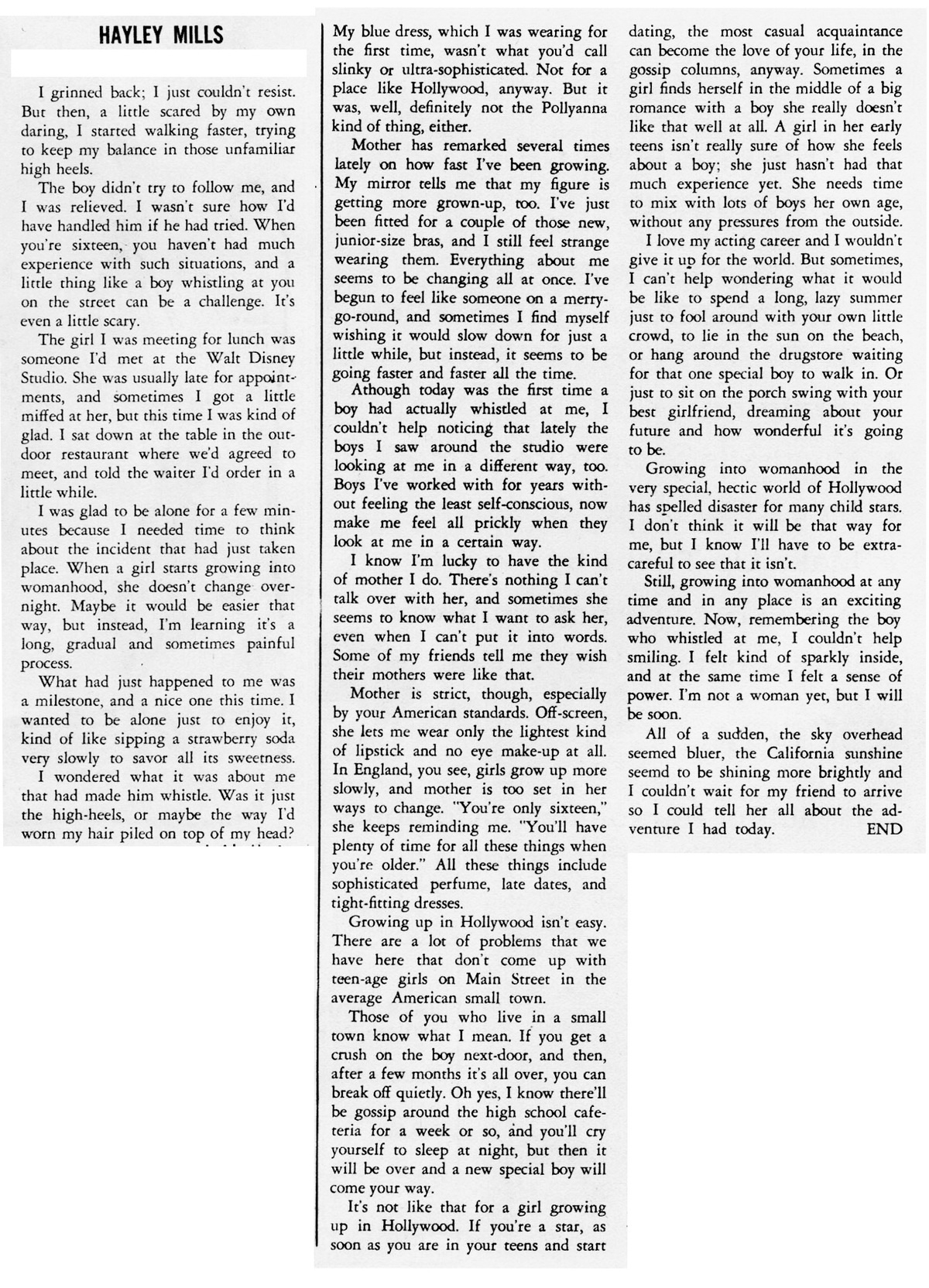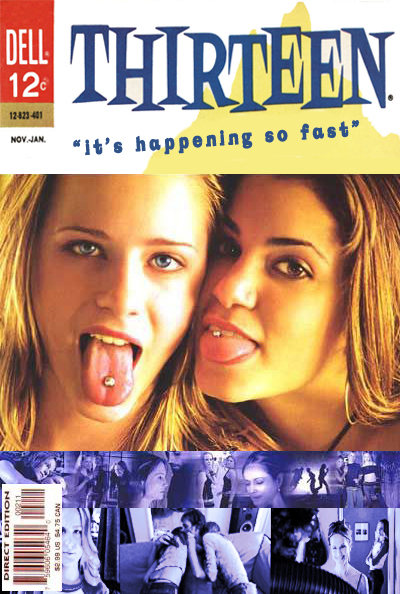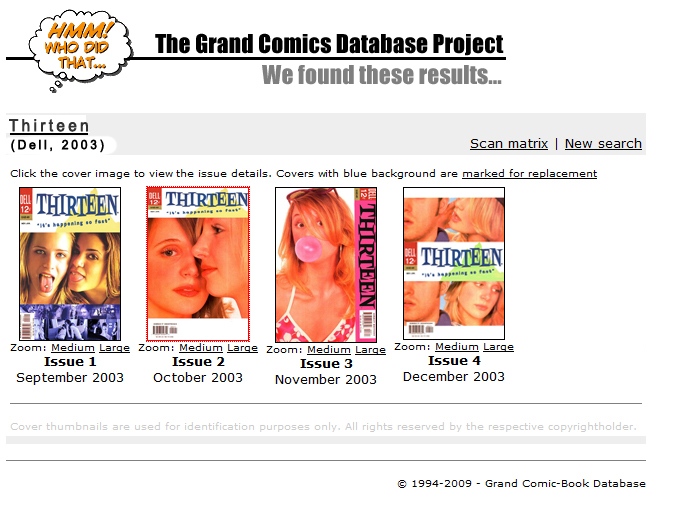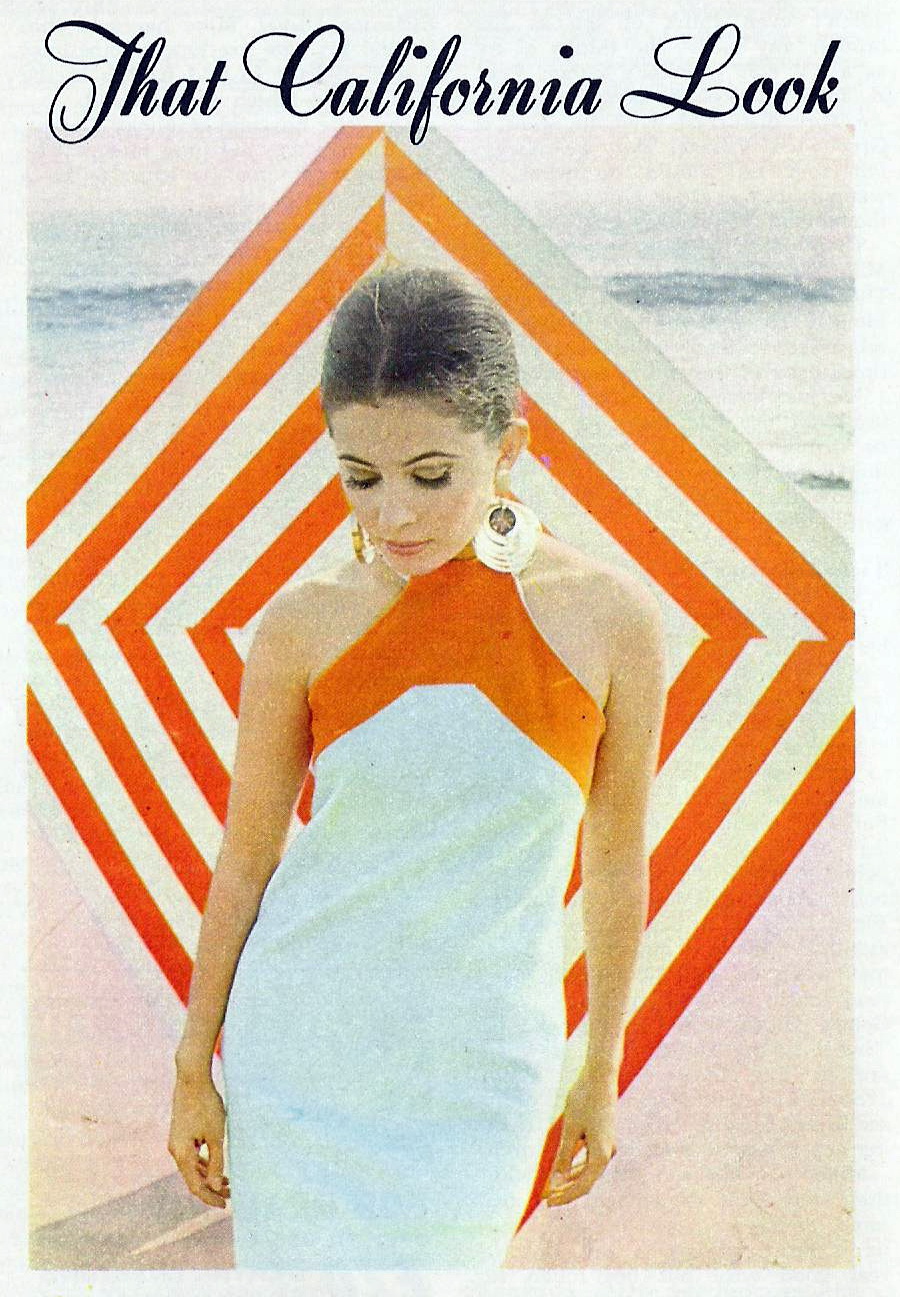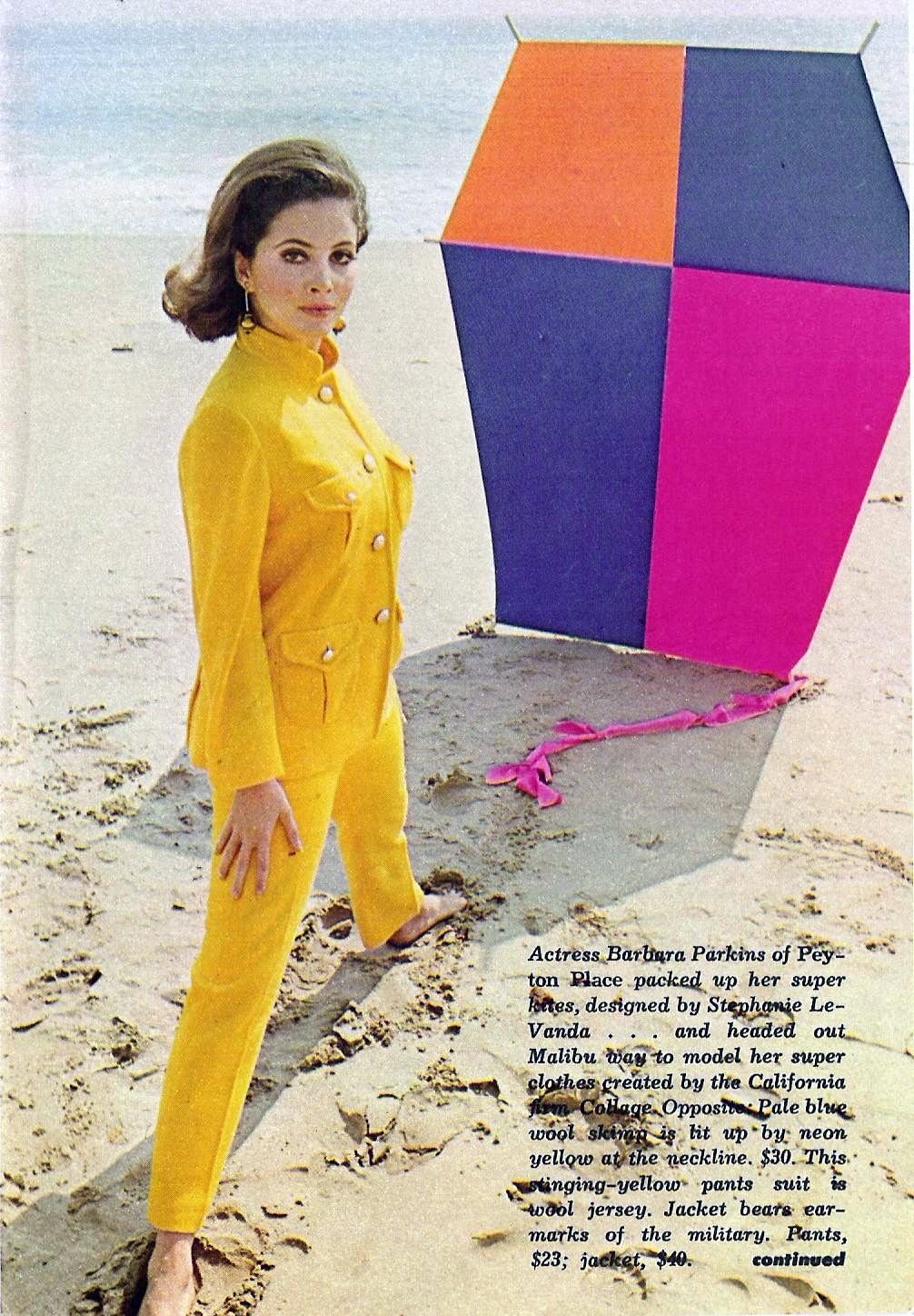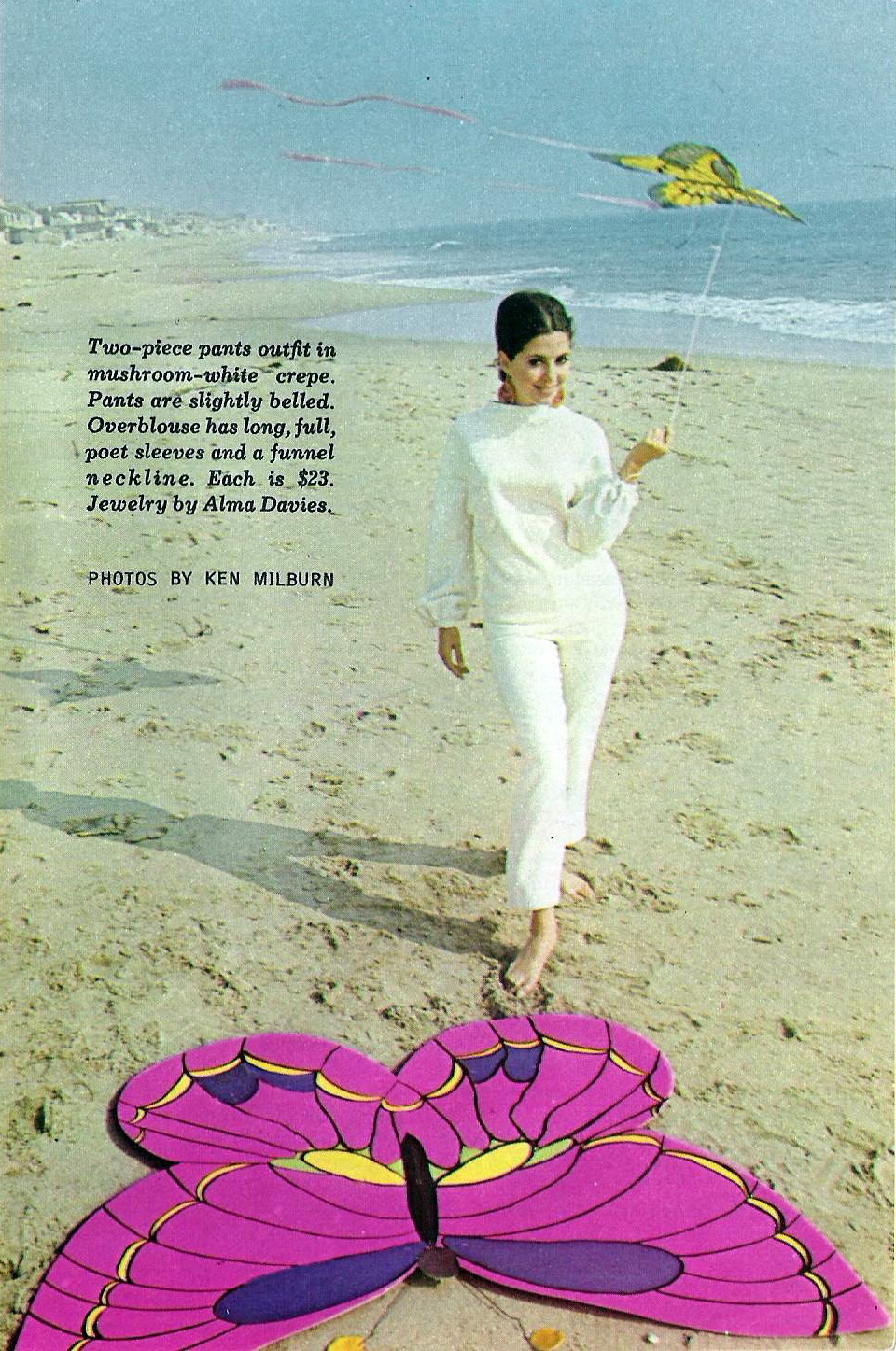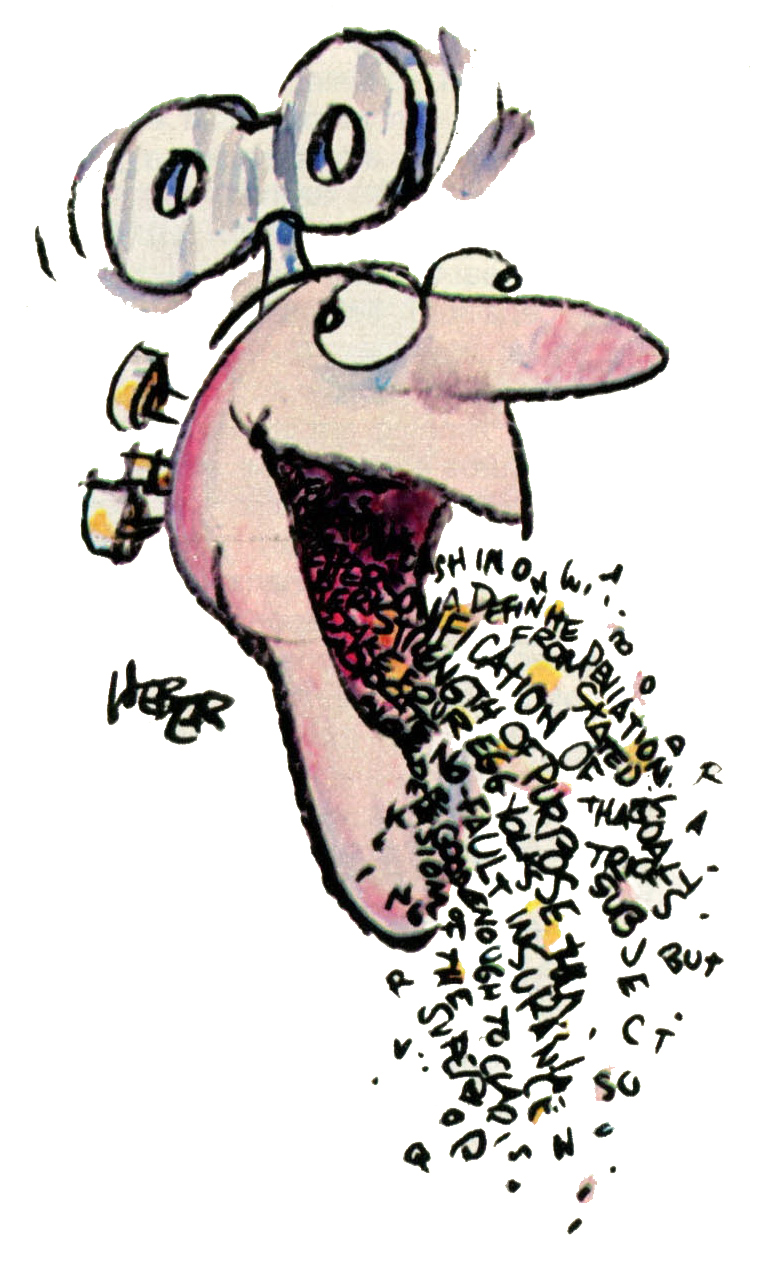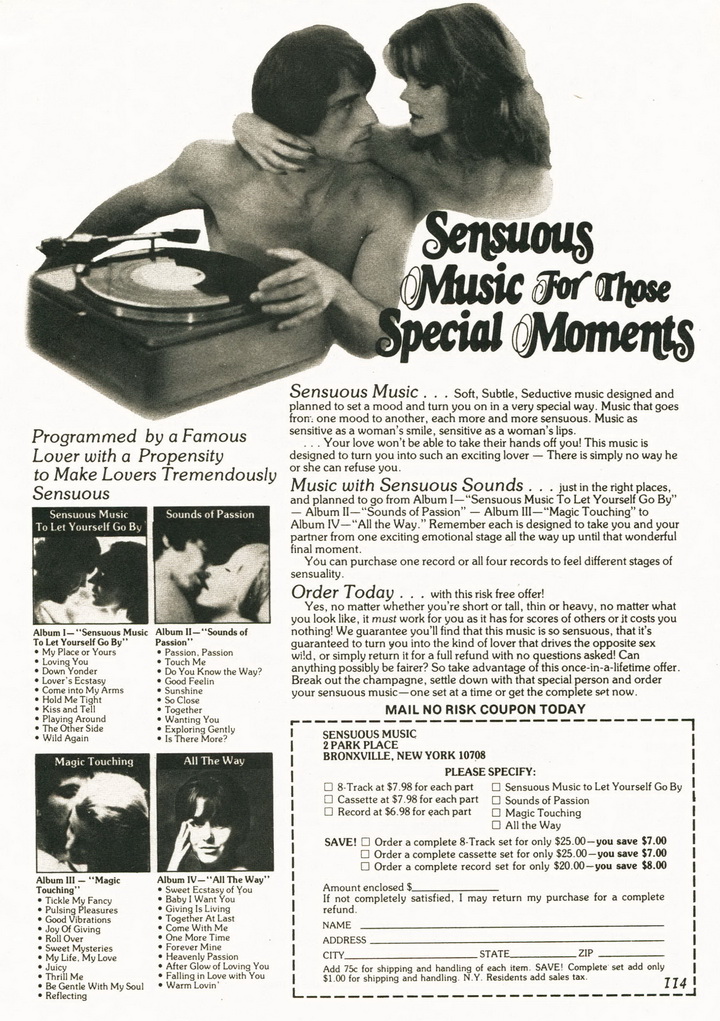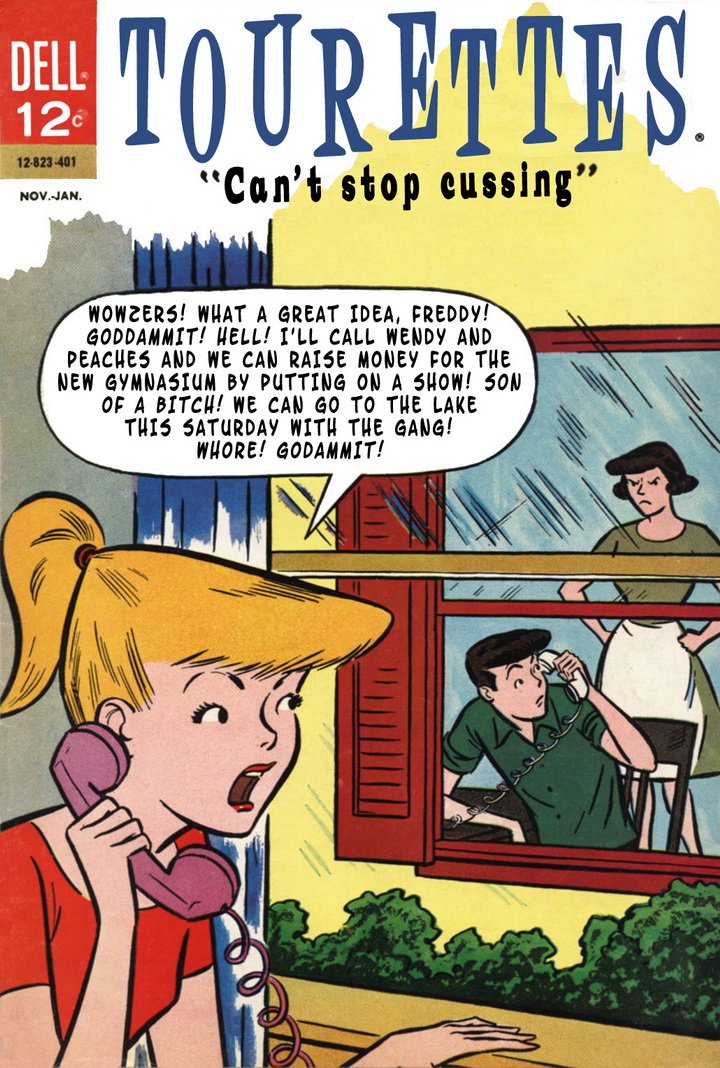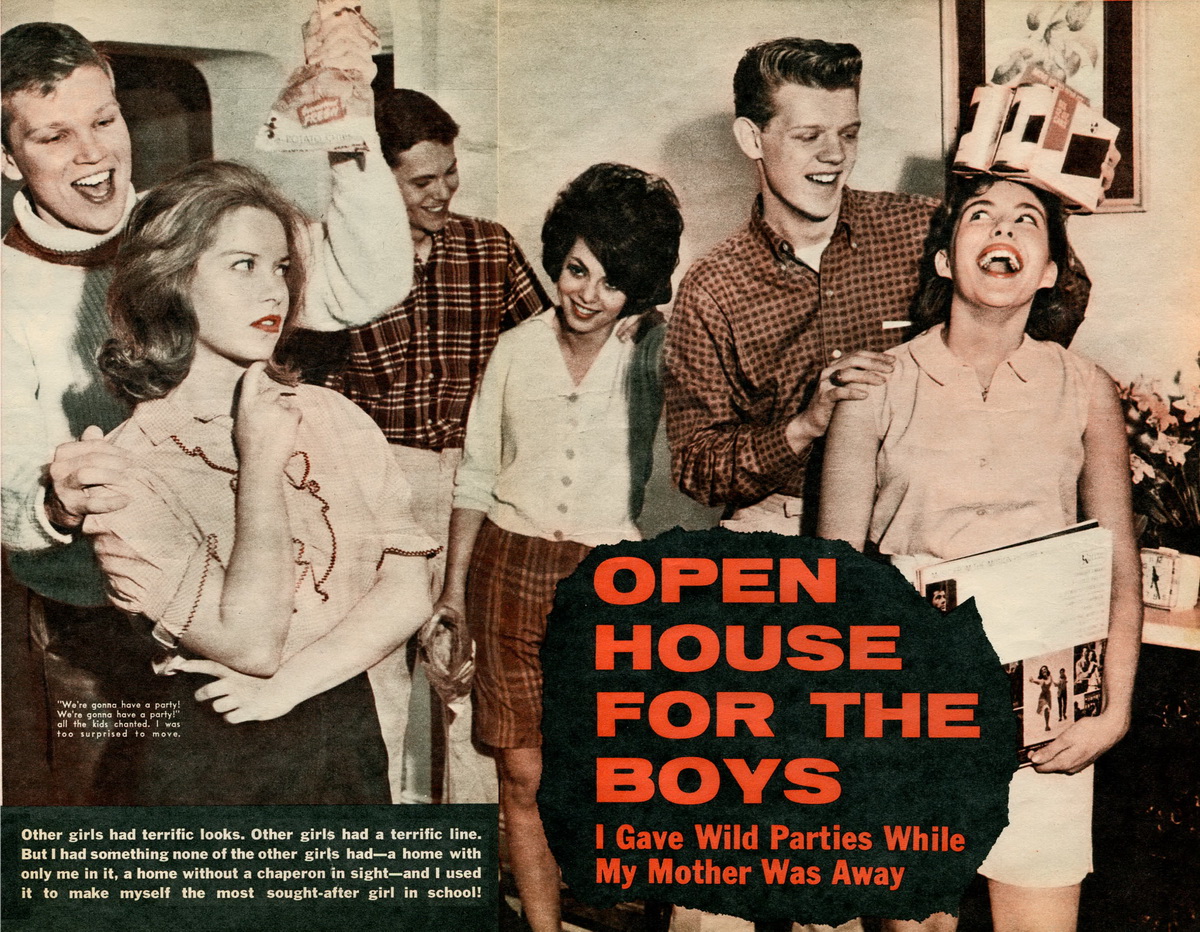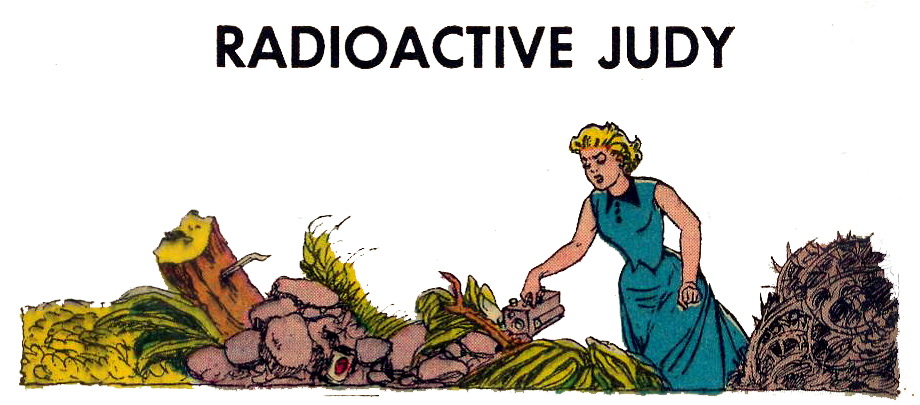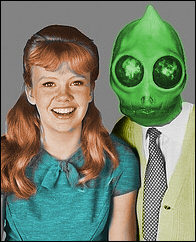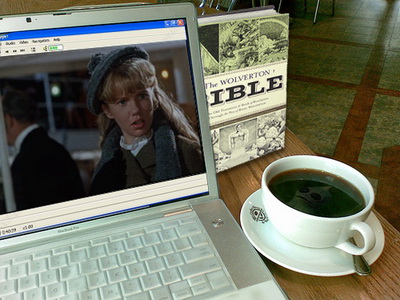 Typically I prefer to take my breaks from work in the office. It is quiet and I am left alone to enjoy my meal and get caught up on paperwork or read and maybe watch a flick on the laptop. Often customers, oblivious or just being jerks about it, intrude with problems real or imagined if a manager is found in public. On this day I chose to take my lunch break out in the public seating area due to meetings in the office.
Typically I prefer to take my breaks from work in the office. It is quiet and I am left alone to enjoy my meal and get caught up on paperwork or read and maybe watch a flick on the laptop. Often customers, oblivious or just being jerks about it, intrude with problems real or imagined if a manager is found in public. On this day I chose to take my lunch break out in the public seating area due to meetings in the office.
For a few minutes I watched the Hayley Mills film In Search of the Castaways, one of her successes from 1962, loosely based on a Jules Verne story. This film is noteworthy for featuring Hayley Mills' first adult on-screen kiss. Not a bad film, though dated and meant for a young audience. It is equal parts fun, ridiculous and Wold-Newtonish. One aspect I found annoying was the music. Disney makes a lot of money via their original movie soundtracks so it is understandable that every movie they produce has a few songs in it. This is done whether the plot can really support the intrusion of a tune or not. I love the Hayley, but I can only take so much Maurice Chevalier who in the course of the movie drunkenly bursts into song at the pop of a cork. So since time and my patience was was short I stopped the film, closed the laptop and started reading a book I had brought along.
That is when the first interruption began. I was leafing through my new book when a customer approached my table.
"You work here. The Wi-Fi works better in the middle of the room than on the sides..."
"Yeah. I'm at lunch right now."
"...So you need to adjust the coverage so that when I sit next to the wall I can get a better connection. If I don't sit next to the wall near a plug my laptop battery runs out after a few hours."
"Well, we offer free Wi-Fi, not free electricity."
"That's your response?"
"Sir, I'm off the clock, eating my lunch and reading. There are two managers standing right over there who are getting paid and they will be more than happy to listen to you complain about the quality of FREE STUFF."
The customer went away mad, upset that I declined to reconfigure the internet so he could leech our bandwidth for six hours.
While on the subject of free stuff,
Bully and his pal John just sent me a copy of
The Wolverton Bible, published by Fantagraphics. That was the book I was reading at lunch when Crybaby McLaptop accosted me. Some comic book fans are not aware that for nearly two decades, Golden Age illustrator Basil Wolverton worked for and was a ranking member of a popular religious organization. While Basil played a role in the organization speaking to the faithful he is best known for his art work illustrating the Bible for their various publications.
Through the course of his career Wolverton's art was typically graphic, shocking and at times sickening even as it was brilliant. To his credit, when Wolverton secured the job of illustrating the monumental task of illustrating the many passages of the Bible he insisted that he be allowed to render the stories with honesty and not have them sanitized for popular consumption. The Bible, like most religious tracts, is a product of the times and is as violent, raw and uncomfortable culturally as it is supposed to be inspiring. There is nothing about the book that would cause either the believer or reality-based reader to avoid it. It does not preach nor does it tear down the institution. Each reader will take from the experience what they choose to, be it a study of the evolution of an artist or an affirmation. The images may make some people uncomfortable, particularly those concerning the end of the world. The book, with just a few exceptions, reprints the entirety of Wolverton's work chronologically. It is a fascinating look at the side of an artist that most fans are not familiar with due to the scarcity of the material.
Get your own through
Fantagraphics.
Thanks, guys!


